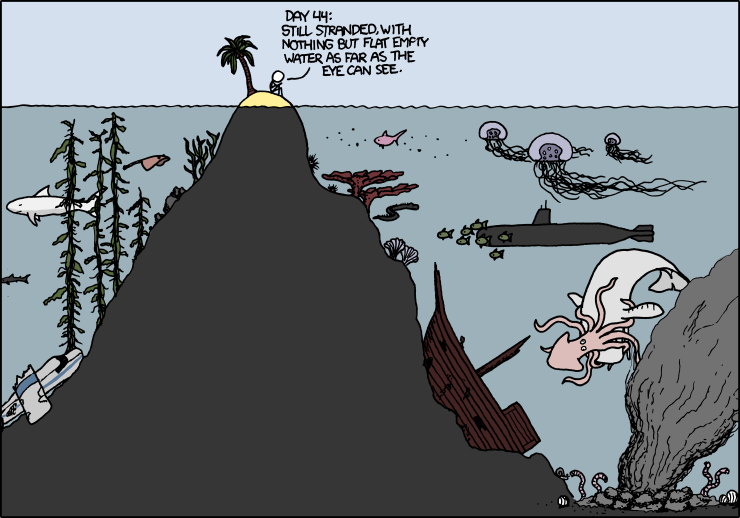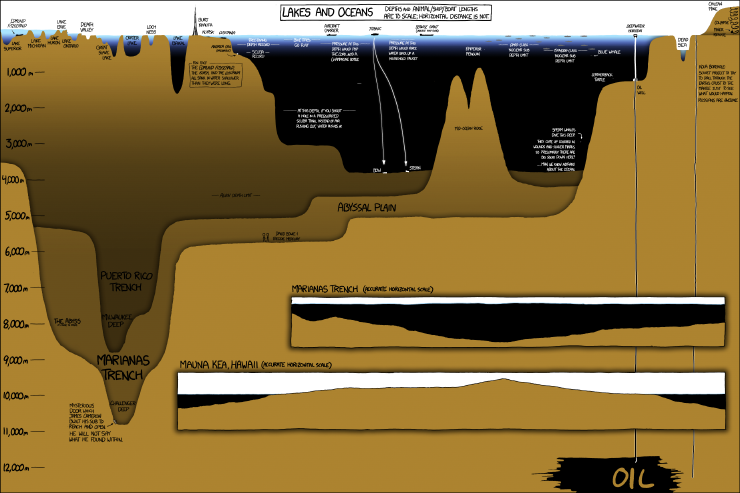By Leila Lemos, Ph.D. Student, Department of Fisheries and Wildlife, OSU
Fieldwork is done for the year and lab analyses just started with some challenges. This is not unexpected since no previous hormonal analysis has been conducted with any gray whale tissue, and whale fecal sample analysis is a relatively new technique. So, I have been thinking, learning, consulting, and creating a methodology as I go along. I am grateful to the expert advice and help from many great collaborators:
- Kathleen Hunt (Northern Arizona University, AZ, United States)
- Shawn Larson (Seattle Aquarium, WA, United States)
- Amy Green (Seattle Aquarium, WA, United States)
- Rachel Ann Hauser-Davis (Fiocruz, RJ, Brazil)
- Maziet Cheseby (Oregon State University, OR, United States)
- Scott Klasek (Oregon State University, OR, United States)
I have learned that an important step before undertaking fecal a hormonal analysis is the desalting process of the samples since salts can interfere in hormonal determinations, leading to false results. In order to remove salt content, each sample was first filtered (Fig. 1A), to remove a majority of the salt water content (Fig. 1B) that is inevitably collected along with the fecal sample. Each sample was then re-suspended in ultra-pure water, to dilute the remaining salt content in a higher water volume (Fig. 1C).

After these steps were completed for each sample, the samples were centrifuged (Fig. 2A) to precipitate the fecal matter and leave the lighter salt ions in the supernatant (the liquid lying above a solid residue; Fig. 2B). After finishing these two phases, the water was removed with aid of a plastic pippete (Fig. 2C), and I was left with only desalted fecal at the bottom of the tubes (Fig. 2D).

The fecal samples were then frozen at -80°C (Fig. 3A & 3B) and then freeze-dried on a lyophilizer for 2 days to remove all remaining water content (Fig. 3C). Finally, I have what I need: desalted, dry fecal samples, ready for hormone analysis (Fig. 3D).

Writing this now, this process seems simple, but it was laborious, and took time to find the equipment needed at the right times. The end product is crucial to get a good final result, so my time investment (and my own increased stress level!) was worth it. This type of analysis is very new for marine mammals and our research lab is still in the learning the best methods. Along the way we were unsure of some decisions, some mistakes were made, and we were afraid of losing precious fecal material. But, this is the fun and challenge of working with a new species and new type of sample and, importantly, we have developed a working protocol that should make the process more efficient and reduce our stress levels next time around.
At the end of this sample preparation process, our 53 samples look great and are ready to be analyzed during my training at the Seattle Aquarium. We are also planning to analyze the water that was removed from the samples (Fig. 2D) to see if any hormone leached out from the poop into the water.
Results from this process will aid in future whale fecal hormone studies. Perhaps only the centrifugation step is needed and we can discard the water without losing hormone content. Or, perhaps we need to analyze both portions of the sample and sum the hormones found in each. We shall know the answer when we get our hormone metabolite results. Just another protocol to be worked out as I move ahead with the hormone analysis of these fecal samples. And through all these challenges I keep the end goal of this work in my mind: to learn about the reproductive and stress hormonal variation in gray whales and to link these variations to nutritional status and noise events. Onward!







































You must be logged in to post a comment.